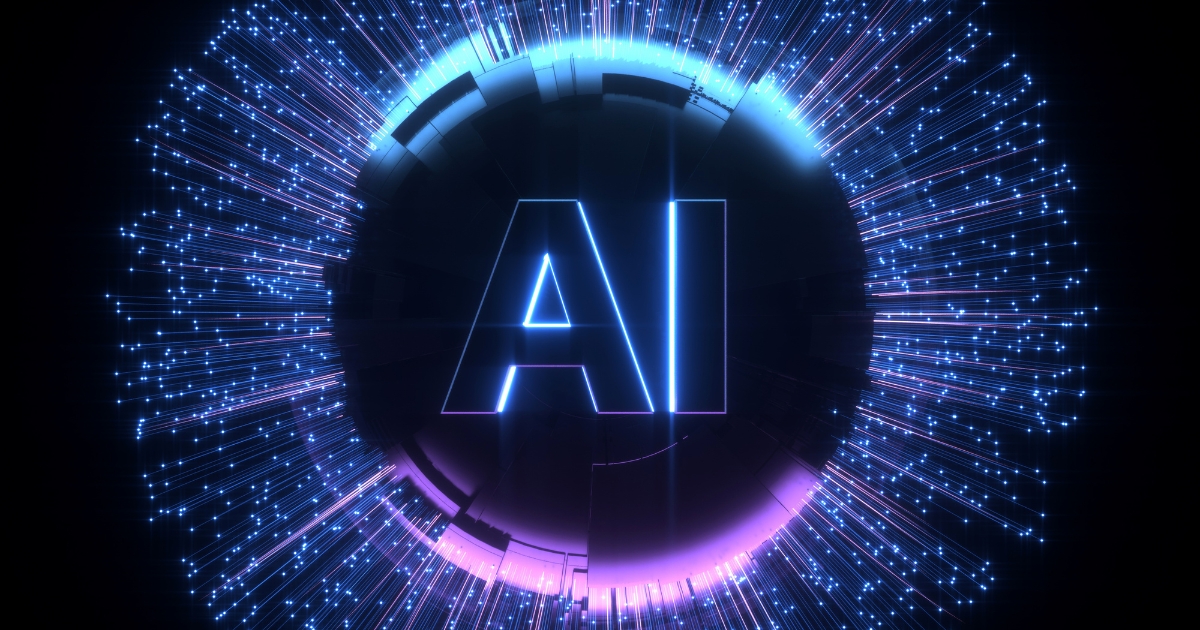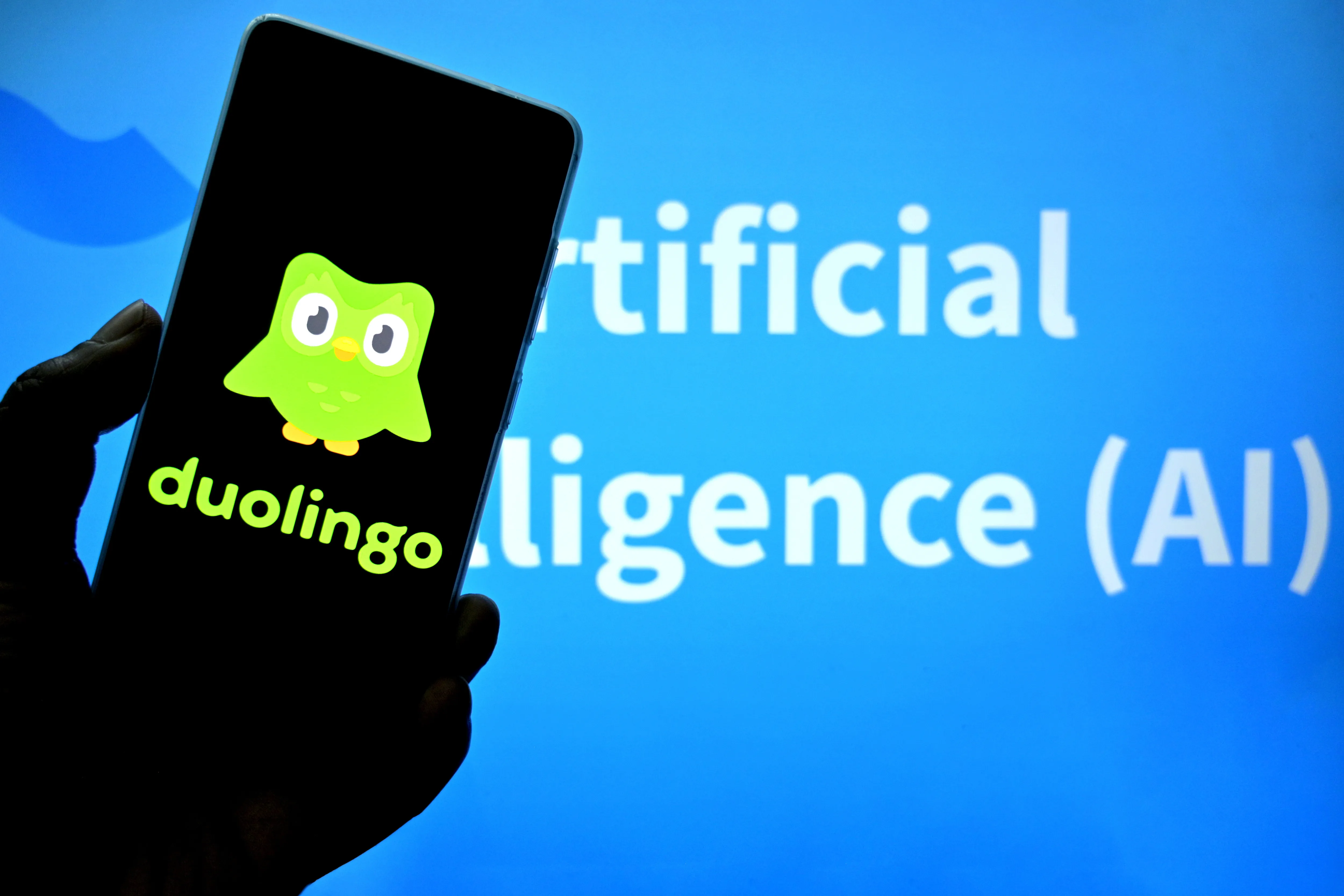OpenAI’s Strategic Shift: Balancing Innovation with Ethical Oversight
OpenAI, one of the most influential organizations in artificial intelligence development, has initiated a major structural transformation to align its business model more closely with its founding mission: ensuring that artificial general intelligence (AGI) benefits all of humanity. In a bold move, OpenAI has restructured its for-profit subsidiary into a Public Benefit Corporation (PBC), while maintaining control under its original nonprofit entity. This change is designed to create a balance between innovation, ethical integrity, and sustainable growth in a rapidly evolving tech landscape.
This restructuring isn’t just symbolic—it redefines how OpenAI operates internally and engages with external stakeholders. By prioritizing public benefit within its legal framework, OpenAI is aiming to set a new standard for how high-impact AI organizations should function in the 21st century.
Why the Public Benefit Corporation Model Matters
The decision to convert the for-profit arm into a Public Benefit Corporation marks a significant pivot. Unlike traditional corporations, a PBC is legally bound to consider not only shareholder profit but also public interest in its decisions. For OpenAI, this structure enables it to pursue commercial success—necessary for large-scale AI development—while embedding its ethical obligations into the foundation of its corporate governance.
This move reflects growing industry and public concerns over the direction of advanced AI. With AI becoming increasingly powerful and influential in everyday life—from automation to content generation and beyond—transparency, accountability, and human-centric design are more important than ever. OpenAI’s PBC structure empowers it to uphold those principles even as it competes in a market-driven environment.
Addressing Internal and External Stakeholder Concerns
The restructuring comes after internal debates and external scrutiny. Several AI researchers, ethicists, and even founding members voiced concerns that OpenAI’s increasing commercialization could threaten its foundational mission. By ensuring that the nonprofit parent retains control over the new PBC, OpenAI is signaling a renewed commitment to its original values—namely, the safe, fair, and broad deployment of artificial general intelligence.
OpenAI’s leadership has stated that this hybrid structure allows it to raise the capital required to stay competitive in AI research while safeguarding its ethical obligations. This careful balance is particularly crucial as the company continues developing powerful tools like ChatGPT, Codex, and DALL·E, which have profound societal implications.
Aligning Organizational Structure with Core Mission
Organizational alignment is key when managing powerful technology. The revised structure enables OpenAI to uphold a unique “capped-profit” model, where investor returns are limited to ensure that excessive profit does not become the driving force behind decision-making. This model reinforces OpenAI’s principle of prioritizing long-term safety and universal benefit over short-term gains.
Transparency mechanisms such as governance boards, ethical reviews, and structured disclosure of AI capabilities are expected to be strengthened under this new model. The shift is not just administrative—it is philosophical. OpenAI is committing itself to proving that technological progress and ethical stewardship can go hand-in-hand without sacrificing innovation.
The Broader Industry Implications
OpenAI’s new structure could influence other AI companies and startups that are grappling with similar tensions between profitability and responsibility. As tech companies face increasing regulatory pressure and public scrutiny, OpenAI’s PBC model provides a viable blueprint for balancing market needs with long-term societal impact.
With major players like Google, Microsoft, and Meta also investing heavily in generative AI, OpenAI’s approach serves as both a differentiator and a challenge. It prompts the question: Can innovation flourish in a model that isn’t solely profit-driven? OpenAI appears confident that it can—and that others should follow suit.
Looking Ahead: The Future of Responsible AI
As OpenAI continues to scale its AI capabilities and broaden its product portfolio, the success of this new model will be closely watched by technologists, regulators, and the public. The transition to a PBC structure may mark a pivotal moment in how the AI industry views responsibility, governance, and long-term risk mitigation.
This restructuring is more than a corporate update—it’s a recommitment to OpenAI’s founding mission. By embedding ethical oversight into its operational DNA, OpenAI is paving the way for a future where innovation is not only accelerated, but also aligned with the broader needs of humanity. In doing so, it positions itself as both a technological leader and a moral compass in the fast-moving world of artificial intelligence.







No Comment! Be the first one.